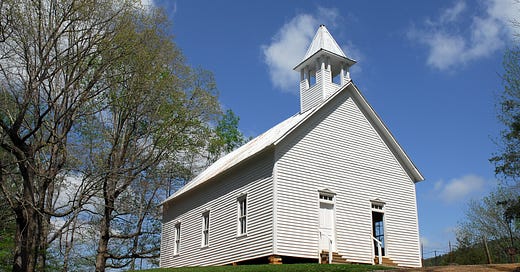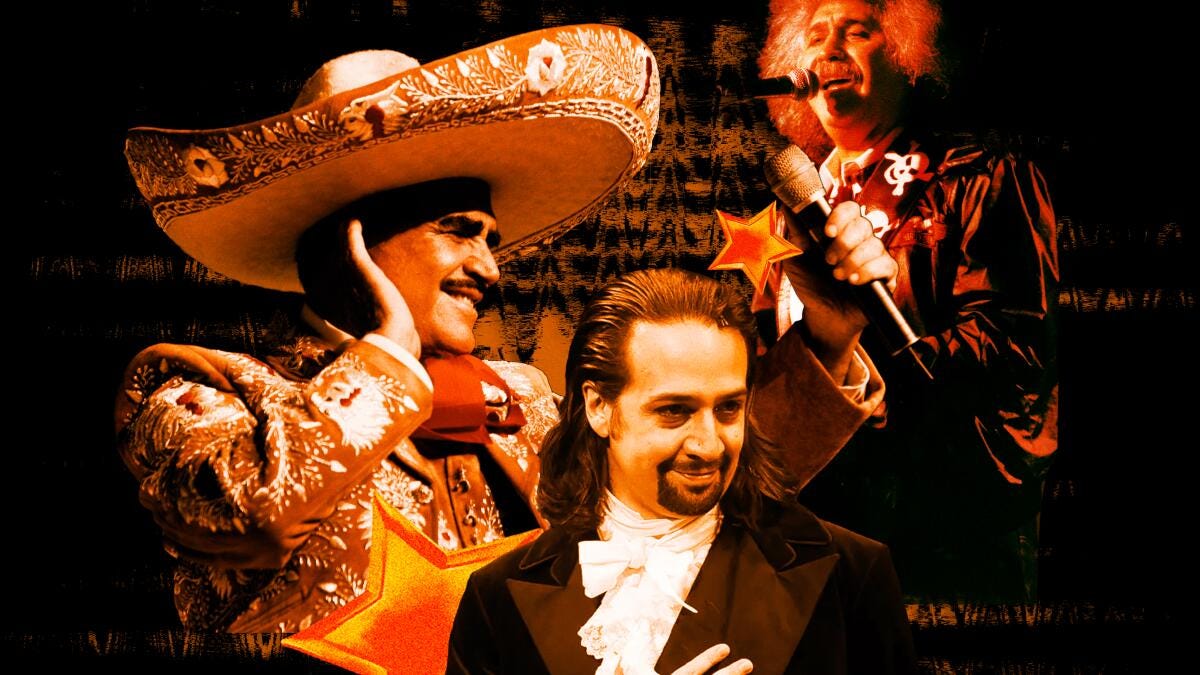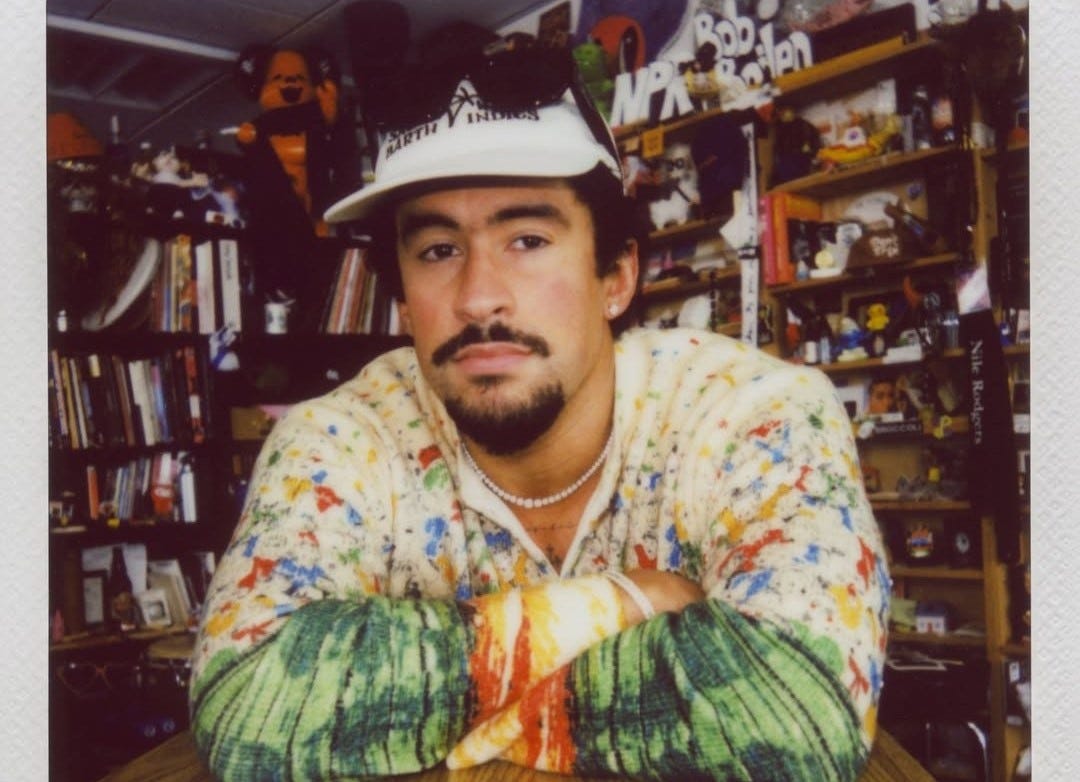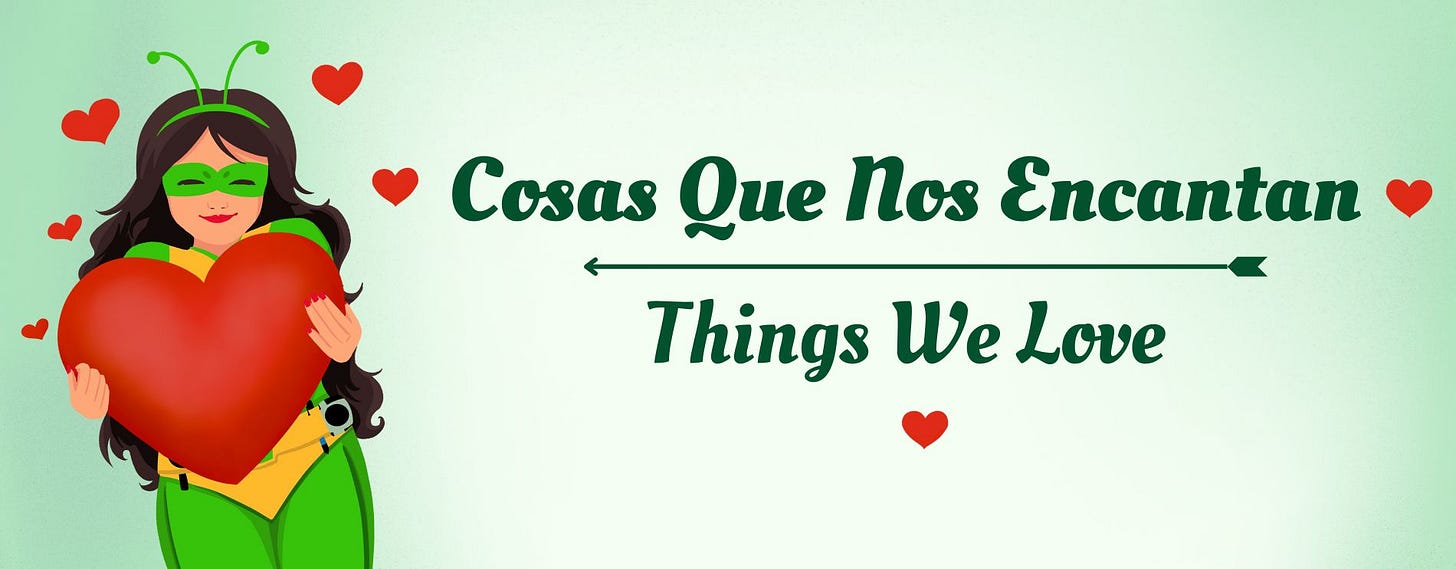Old Churches and New Houses, Investments with Smart 1031, Hispanic Culture is Trending and More.
News from the Hispanic World in One Click
Welcome! La Chapulina Verde is bilingual. Every article is available in English and Spanish. Enjoy reading in your preferred language. Keep up to date and follow us on our social networks! Instagram, Threads, Facebook, and YouTube.
How Old Churches Are Helping Solve The Housing Crisis.
In the United States, there is a big problem with not having enough affordable homes. At the same time, there are many churches, synagogues, and mosques that have extra space they are not using. Some of these buildings are old and falling apart. Many small religious groups don’t have enough money to fix them. Some have even thought about selling their buildings or land.
One church decided to turn its extra space into affordable housing instead of selling it to a company. This way, they could still help people and stay true to their mission. All across the country, religious groups are dealing with the same issue. They have large buildings and land they can’t afford to keep up. Meanwhile, there are millions of people who need places to live that don’t cost too much.
Turning Homes into Investments with Smart 1031 Tax Moves.
A 1031 exchange is a special tax rule that helps real estate investors save money on taxes when they sell one investment property and buy another. Instead of paying taxes right away on any profit they make, they can delay those taxes by using the money to buy a new property that is similar, or “like-kind.” This rule works for all types of real estate in the United States, such as homes, apartments, office buildings, or industrial spaces. However, it does not work with properties in other countries or U.S. territories like Puerto Rico.
For example, someone who owns a rental home in California can use a 1031 exchange to buy an apartment building or warehouse in New Jersey or New Mexico without paying taxes at that time. The taxes are only due if they sell the new property and don’t do another exchange.
National Recording Registry Adds Iconic Latino Songs.
The Library of Congress has added three important music recordings to its National Recording Registry. These are Vicente Fernández's song "El Rey," Freddy Fender's song "Before the Next Teardrop Falls," and the soundtrack from the musical "Hamilton" by Lin-Manuel Miranda. These additions are significant because they recognize the contributions of Latino artists to American music.
The National Recording Registry is a list of audio recordings that are considered important to American culture and history. It was created in 2000 to preserve recordings that are culturally, historically, or aesthetically significant. Each year, the Library of Congress selects recordings to add to this list.
Bad Bunny and LoS SOBRiNOS Celebrate Puerto Rican Music.
Bad Bunny, the famous Puerto Rican singer, recently performed on NPR's Tiny Desk Concert series. He was joined by a group of young musicians called LoS SOBRiNOS. This group has been performing with him since he released his album "DeBÍ TiRAR MáS FOToS" (DTMF).
LoS SOBRiNOS includes talented musicians like producer "Big" Jay Anthony Núñez and musical director Julito Gastón. Núñez caught Bad Bunny's attention with a salsa remix he made, and Gastón impressed him with a viral video of himself conducting a youth orchestra at just 14 years old. Gastón helped assemble the rest of the band from public music schools in Puerto Rico.
How "La Tortura" Made Spanish Songs Popular Worldwide.
Twenty years ago, Shakira, a Colombian pop star, released a song called "La Tortura" with Spanish singer Alejandro Sanz. Instead of following the trend of singing in English to reach more people, Shakira chose to sing in Spanish. This was different from other Latin artists at the time. The song mixed reggaeton and pop music, creating a unique sound.
When "La Tortura" came out in 2005, it became very popular. It reached number 23 on the Billboard Hot 100 chart, which was rare for a Spanish song back then. The music video was one of the first Spanish-language videos to be shown on MTV and VH1. Shakira also became the first Colombian and South American artist to perform at the MTV Video Music Awards that year.
The success of "La Tortura" helped Shakira's album, "Fijación Oral, Vol. 1," reach number 4 on the Billboard 200 chart. This was a big achievement for an all-Spanish album. Shakira's choice to sing in Spanish opened doors for other Latin artists like Bad Bunny, Karol G, and Rosalía. They didn't have to switch to English to become famous.











Great article very informative on restate